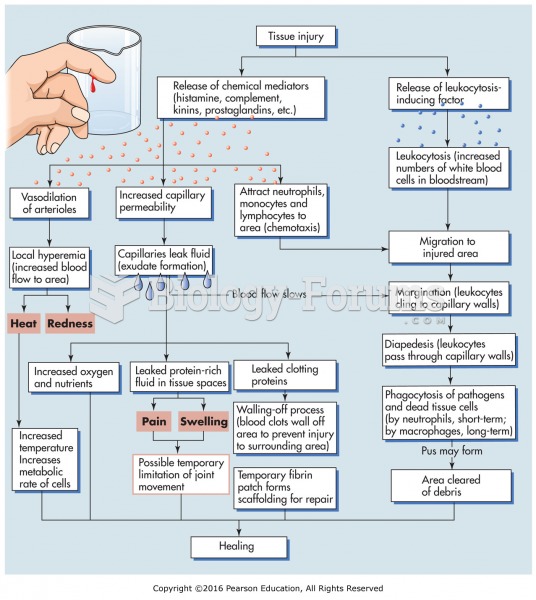Answer to Question 1
Unprovoked flight from police officers in a high-crime area can amount to reasonable suspicion, according to the SCOTUS decision in Illinois v. Wardlow (2000). A person's presence in a high-crime area in and of itself is not enough to support reasonable suspicion. However, police can take into account the relevant characteristics of a location in determining whether circumstances warrant further investigation.
Likewise, courts have recognized that nervous, evasive behavior is relevant in determining whether reasonable suspicion exists. Illinois v. Wardlow declared that headlong flight is the ultimate act of evasion. The Court conceded that flight may not necessarily indicate that a person is engaged in wrongdoing, but it is certainly suggestive of such. Conduct justifying a stop can be ambiguous and possibly susceptible to an innocent explanation.
Illinois v. Wardlow
declared that Terry v. Ohio
(1968)
accepted a risk: allowing a stop based on reasonable suspicion will mean that police officers may sometimes stop innocent behavior. Likewise, not all persons arrested on probable cause turn out to have committed a crime. The Fourth Amendment does not require absolute certainty, only a sufficient level of justification for the governmental action required.
Answer to Question 2
There are three possible interpretations of the Fourth Amendment that could be applied to stops and frisks. Under the first interpretation, the Fourth Amendment would only apply to full searches and arrests. Therefore, officers' actions in other situations, including stops and frisks, would be totally left to their discretion.
The second possible interpretation takes the exact opposite view. Under this interpretation, even brief stops are arrests, and a pat-down or a frisk is a search. Since the Fourth Amendment requires that these be supported by probable cause, the police can't do anything as far as stopping and frisking a person, unless probable cause exists.
Finally, the third interpretation admits that stops and frisks are searches and seizures, thus subject to the Fourth Amendment. However, a stop and frisk would be viewed as a minor search or seizure, far less intrusive than an arrest or a full-blown search. Thus, officers still have to justify making a stop and frisk with facts, but since the intrusion is lesser, fewer facts are needed to conduct a stop and frisk than would be needed to make an arrest or do a search.
SCOTUS chose the last alternative. Under this alternative the Court felt that the Fourth Amendment gave police enough power to freeze suspicious events and detain people briefly, in order to find out if criminal activity may be going on. The amendment also gives officers the ability to protect themselves by frisking some of the people they stop. But officers can't freeze an event or frisk a person on a mere hunch: stops and frisks have to be reasonable..
How is reasonableness determined? First, there must be a careful balancing process. The need to control crime has to outweigh the invasion against an individual's right in a particular situation. Second, police can't stop and frisk a person on mere suspicion. They still need facts, not as many as for probable cause, but still enough so that, later on, a neutral judge can review an officer's decision to see if it was justified.







